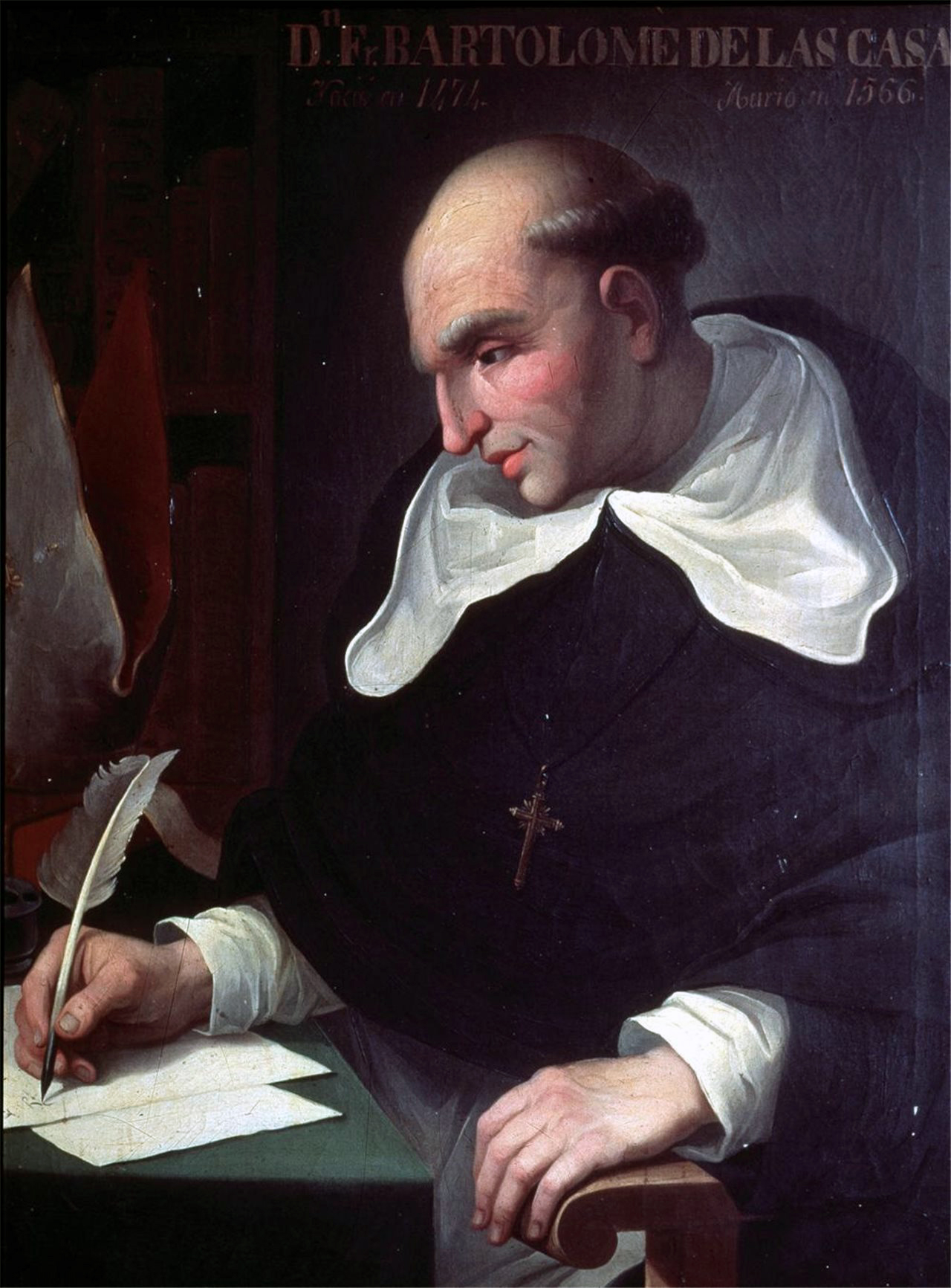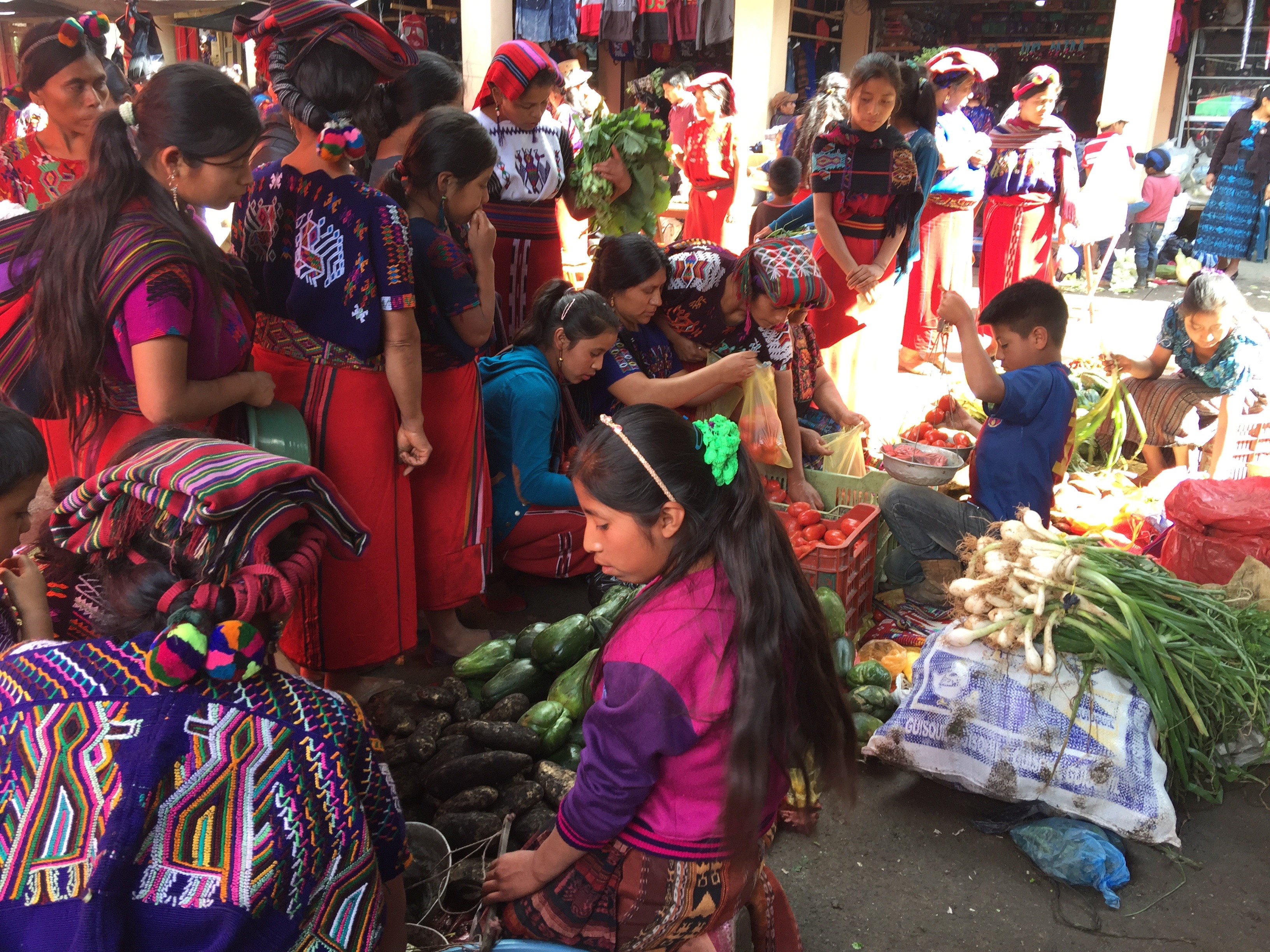|
Chisec
Chisec is a town and municipality in the north of the Guatemalan department of Alta Verapaz that was founded in 1813. It is situated at 230 metres (755 ft) above sea level. The municipality covers a territory of 1244 km². Approximately 95% of the municipality's inhabitants are Mayan, spread over the town of Chisec and approximately 140 communities. (There used to be closer to 240 communities, but a number of these have officially split off to the new municipality of Raxruha, created by the Guatemalan Congress in 2008.) The Q'eqchi' language is widely spoken there alongside Spanish. History Franja Transversal del Norte The first settler project in the Franja Transversal del Norte (FTN) was in Sebol-Chinajá in Alta Verapaz. Sebol, then regarded as a strategic point and route through Cancuén river, which communicated with Petén through the Usumacinta River on the border with Mexico and the only road that existed was a dirt one built by President Lázaro Cha ... [...More Info...] [...Related Items...] OR: [Wikipedia] [Google] [Baidu] |
Franja Transversal Del Norte
The Franja Transversal del Norte (English: Northern Transversal Strip) is a region in Guatemala delimited to the north by an imaginary line between Vértice de Santiago in Huehuetenango and Modesto Méndez Port in Izabal and in the south by La Mesilla in Huehuetenango and Izabal lake. It is composed, from west to east, of part of the Guatemalan departments of Huehuetenango, Quiché, Alta Verapaz and the entire department of Izabal. It extends roughly 15750 km2. During the Guatemalan Civil War, most of the massacres took place there due to the oil, mineral and precious wood reserves in the region. In the 21st century, there are projects to work in the region and a modern highway was built in 2010. Origins Belgian colony In 1840, Belgium began to act as an external source of support for Rafael Carrera's conservative movement, in an effort to exert influence in Central America. The ' (Belgian Colonization Company), commissioned by Belgian King Leopold I, became the ... [...More Info...] [...Related Items...] OR: [Wikipedia] [Google] [Baidu] |
Cobán
Cobán ( kek, Kob'an), fully Santo Domingo de Cobán, is the capital of the department of Alta Verapaz in central Guatemala. It also serves as the administrative center for the surrounding Cobán municipality. It is located 219 km from Guatemala City. As of the 2018 census the population of the city of Cobán was at 212,047. The population of the municipality, which covers a total area of 1,974 km², was at 212,421, according to the 2018 census. Cobán, at a height of above sea level, is located at the center of a major coffee-growing area. Etymology The name "Cobán" comes from Q'eqchi' (between clouds) History Order of Preachers in the Vera Paz Between 1530 and 1531, captain on his way to Ciudad Real accidentally discovered the lagoon and hill of People of that place had historically traded with all the people that the Spaniards had conquered, so, knowing what was coming, they sought refuge in the jungle. The Spaniards tried in vain to conquer the ... [...More Info...] [...Related Items...] OR: [Wikipedia] [Google] [Baidu] |
Alta Verapaz
Alta Verapaz () is a department in the north central part of Guatemala. The capital and chief city of the department is Cobán. Verapaz is bordered to the north by El Petén, to the east by Izabal, to the south by Zacapa, El Progreso, and Baja Verapaz, and to the west by El Quiché. Also in Alta Verapaz are the towns of Chisec, San Pedro Carchá and San Cristóbal Verapaz. History In Pre-Columbian times this area was part of the Maya civilization. When the Spanish Conquistadores came in the 1520s they conquered the central and southern highlands of Guatemala, but were driven back from this region by fierce native resistance. Unknown to the history books of this region, local oral history speaks of a former slave ship capsizing prior to the Spaniards arriving upon this area of Guatemala. The former African slaves moved inland, and joined forces with the local indigenous people to fight and maintain their freedom. Spanish friars succeeded in converting the area to Christian ... [...More Info...] [...Related Items...] OR: [Wikipedia] [Google] [Baidu] |
San Pedro Carchá
San Pedro Carchá, usually referred to as Carchá, is a town, with a population of 16,353 (2018 census), Population of cities & towns in Guatemala and a in the Guatemalan department of Alta Verapaz. It is situated at 1282 m above . The municipality has a population of 235,275 (2018 census) and covers an area of 1310 km². [...More Info...] [...Related Items...] OR: [Wikipedia] [Google] [Baidu] |
Chahal, Guatemala
Chahal is a municipality in the Guatemalan department of Alta Verapaz. The name originates from the Mayans. History Spanish conquest and the Dominican friars On his second visit to Guatemala, in 1537, friar Bartolome de las Casas, O.P. wanted to employ his new method of conversion based on two principles: 1) to preach the Gospel to all men and treat them as equals, and 2) to assert that conversion must be voluntary and based on knowledge and understanding of the Faith. It was important for Las Casas that this method be tested without meddling from secular colonists, so he chose a territory in the heart of Guatemala where there were no previous colonies and where the natives were considered fierce and war-like. Because it had not been possible to conquer the land by military means, the governor of Guatemala, Alonso de Maldonado, agreed to sign a contract promising that if the venture was successful he would not establish any new encomiendas in the area. Las Casas's group of ... [...More Info...] [...Related Items...] OR: [Wikipedia] [Google] [Baidu] |
Alta Verapaz Department
Alta Verapaz () is a department in the north central part of Guatemala. The capital and chief city of the department is Cobán. Verapaz is bordered to the north by El Petén, to the east by Izabal, to the south by Zacapa, El Progreso, and Baja Verapaz, and to the west by El Quiché. Also in Alta Verapaz are the towns of Chisec, San Pedro Carchá and San Cristóbal Verapaz. History In Pre-Columbian times this area was part of the Maya civilization. When the Spanish Conquistadores came in the 1520s they conquered the central and southern highlands of Guatemala, but were driven back from this region by fierce native resistance. Unknown to the history books of this region, local oral history speaks of a former slave ship capsizing prior to the Spaniards arriving upon this area of Guatemala. The former African slaves moved inland, and joined forces with the local indigenous people to fight and maintain their freedom. Spanish friars succeeded in converting the area to C ... [...More Info...] [...Related Items...] OR: [Wikipedia] [Google] [Baidu] |
Senahú
Senahú is a town and municipality of the Department of Alta Verapaz in the Republic of Guatemala. The community of San Antonio Senahú was founded by Q'eqchi' Mayan refugees from a series of 19th-century conflicts in the Ishi Mountains of Central Guatemala. By the mid-1870s, it had become a center of German settlement in Guatemala and a major source of coffee for the European market. The regions wealth is still formed by big coffee farms and other agriculturist products. In the natural resources it can be found the river of the farm "Trece Aguas", the waterfalls Sereizi and a viewpoint in the general cemetery. Other famous places are the ruins of Chijolom and La Providencia. The crafts elaborated in this region are weaves, ceramics, basketwork, rigs, musical instruments, masks, bed rolls of palm, chandler's shop, objects of "tule" and fireworks. The approximated extension for this municipality is of 736 km², with a total population of 91,974 (2018 census). Its neighbo ... [...More Info...] [...Related Items...] OR: [Wikipedia] [Google] [Baidu] |
Municipalities Of Guatemala
The departments of Guatemala are divided into 340 municipalities A municipality is usually a single administrative division having corporate status and powers of self-government or jurisdiction as granted by national and regional laws to which it is subordinate. The term ''municipality'' may also mean the ..., or ''municipios''. The municipalities are listed below, by department. List References {{DEFAULTSORT:Municipalities Of Guatemala Subdivisions of Guatemala Guatemala, Municipalities Guatemala 2 Municipalities, Guatemala Guatemala geography-related lists ... [...More Info...] [...Related Items...] OR: [Wikipedia] [Google] [Baidu] |
Chajul
Chajul (; full name San Gaspar Chajul) is a town and municipality in the Guatemalan department of El Quiché. Chajul is part of the Ixil Community, along with San Juan Cotzal and Santa Maria Nebaj. The Ixil region is isolated by beautiful mountains and has maintained its rich Ixil Maya traditions and language. Chajul, Nebaj, and Cotzal make up the Ixil Region in the Department of Quiché in the Western Highlands of Guatemala. Having been at the heart of the 36-year civil war, Chajul experiences post-war challenges such as emotional trauma, land displacement, and fragmented families. Additionally, unemployment is high, large families live in one-room adobe houses with open cooking fires, opportunities for women are scarce, and family- and gender-based violence are common. The community has a corn-based agricultural economy in which adults struggle daily to feed their families and the average income is $1–3 per day. A 2002 study revealed that less than 1% of children graduate fr ... [...More Info...] [...Related Items...] OR: [Wikipedia] [Google] [Baidu] |
San Mateo Ixtatán
San Mateo Ixtatán is a municipality in the Guatemalan department of Huehuetenango. It is situated at above sea level in the Cuchumatanes mountain range and covers of terrain. It has a cold climate and is located in a cloud forest. The temperature fluctuates between . The coldest months are from November to January and the warmest months are April and May. The town has a population of 15,090 (2018 census) and is the municipal center for an additional 28,000 people living in the surrounding mountain villages. It has a weekly market on Thursday and Sunday. The annual town festival takes place from September 19 to September 21 honoring their patron Saint Matthew. The residents of San Mateo belong to the Chuj Maya ethnic group and speak the Mayan Chuj language, not to be confused with Chuj baths, or wood fired steam rooms that are common throughout the central and western highlands. Etymology The derivation of "Ixtatán" is uncertain. In Chuj, '' = toy or doll; ' = lime, givi ... [...More Info...] [...Related Items...] OR: [Wikipedia] [Google] [Baidu] |


